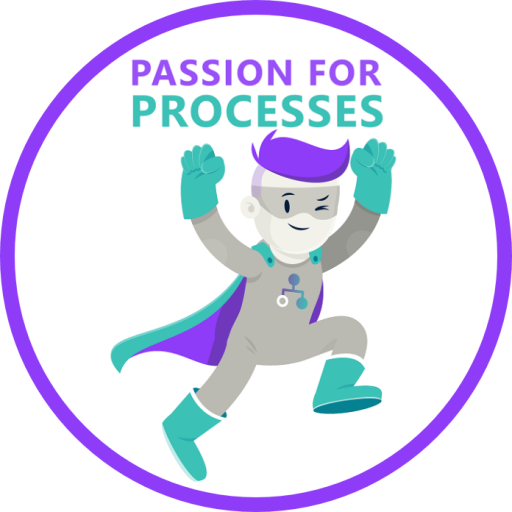
Hey everyone!
A new awesome mashup is available on the gallery!
This 'Application Portfolio Dashboard' shows a process-oriented overview of the companys application system landscape. Various information about availability, data center costs and the number of internal and external users of every single application is available at a glance. Check it out!
Today I want to explain how to create a bubble chart and use it like it is shown in the new Application Portfolio mashup.
So this is how it works:
First of all we need a data source. In this case we use an excel sheet which is a report from ARIS IT Architect. The sheet and the mzp are attached below.
At the beginning we create a bubble chart and 3 selection boxes. Later the selection boxes will define the horizontal and vertical axis and the radius of the bubble chart.
Now we bring data to our bubble chart by clicking on assign data. Create a new feed and use the Excel file as data source.
If we would just connect the Excel file with the output operator we would have a static bubble chart. But we want an interactive and dynamic one. Our goal is to have complete control of the bubble chart by defining the axis the way we like. So we have to find a way to select each axis. This is where it gets a bit tricky. So we have to perform some feed-acrobatics ;)
First use 'copy data feed' to copy the Excle file. Then rename the columns 'KPI Name' into 'KPI Name X' and Value into 'Value X'. Later we could use this new columns to control the x-axis. Create also new columns for the y-axis and the radius. (KPI Name Y, Value Y, KPI Name R, Value R)
Now delete the columns 'number' and 'criticality' in each copy of the data feed until there is only one of each left. Then combine the data feeds by using 'application system' as key column for the merge. Click additionally on 'allow multiple values' at the 'combine data feeds' operator.
At the end your feed should look like this.
Go back to the assign area. Save your feed and return to the composer. Assign the data feed you just created to the selection boxes. Connect the column ‘KPI name’ to each selection box. Afterwards click again on the bubble chart to assign data. Now connect the relevant columns to the bubble chart. After that click on 'filter data' to connect the selection boxes to the bubble chart like it is shown in the picture below.
Now it is possible to control the axis and the radius of the bubble chart with the selection boxes.
Click on preview.
Gratulations! You just have created an advanced bubble chart!





















